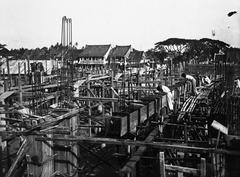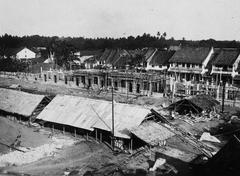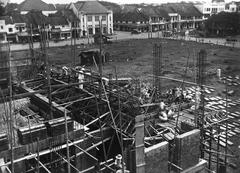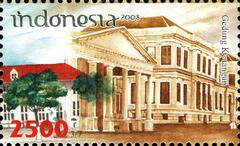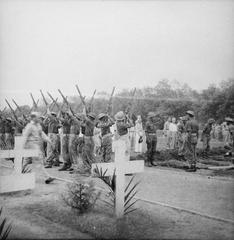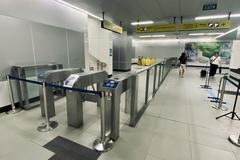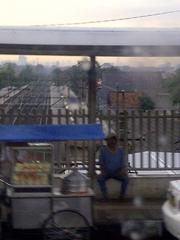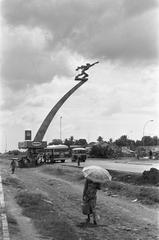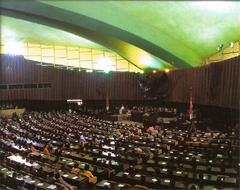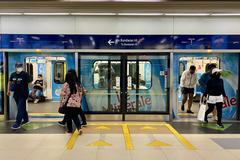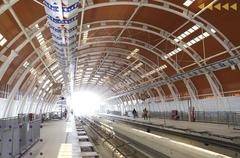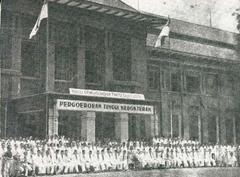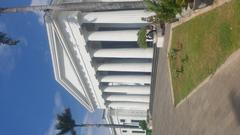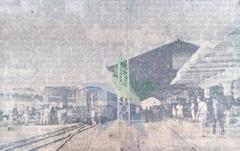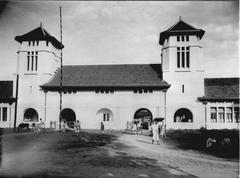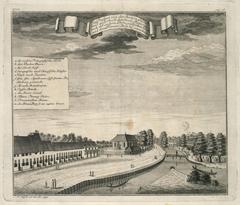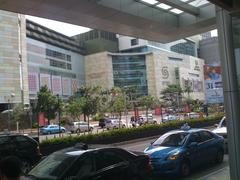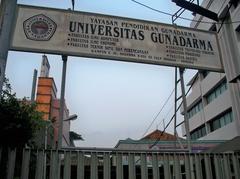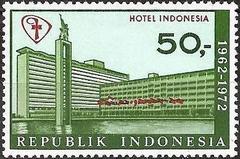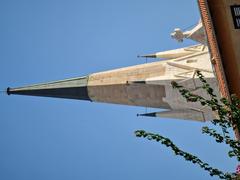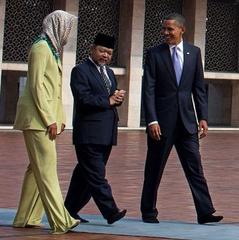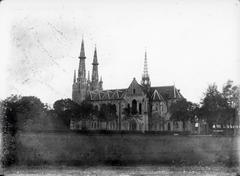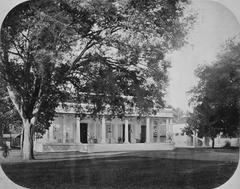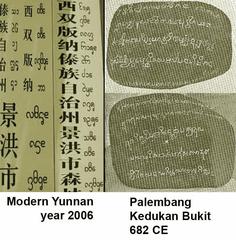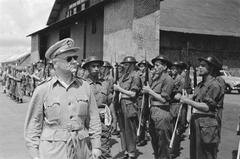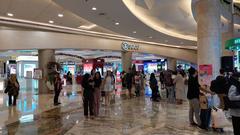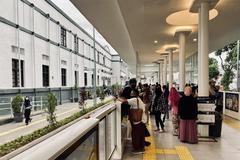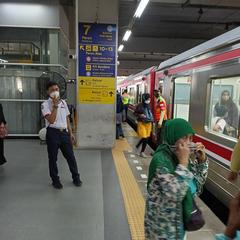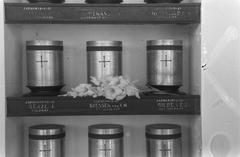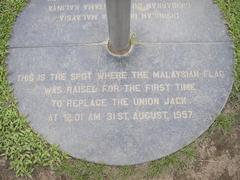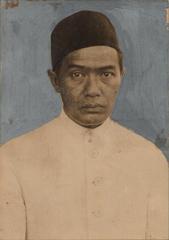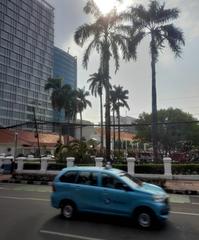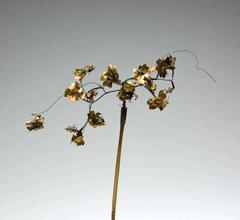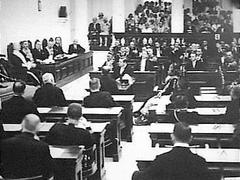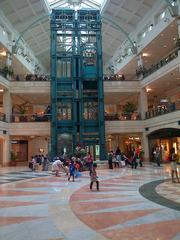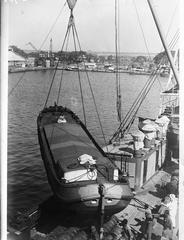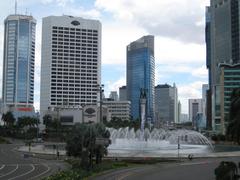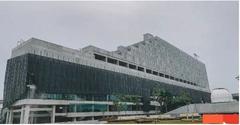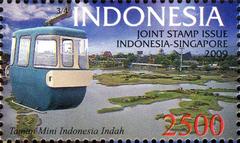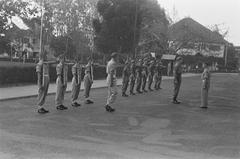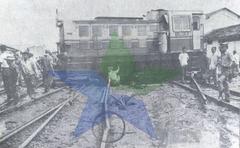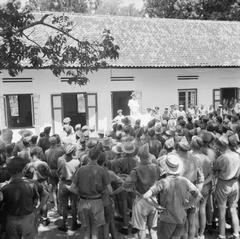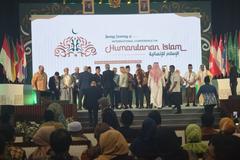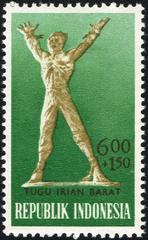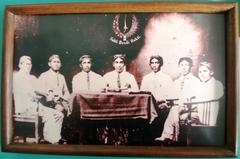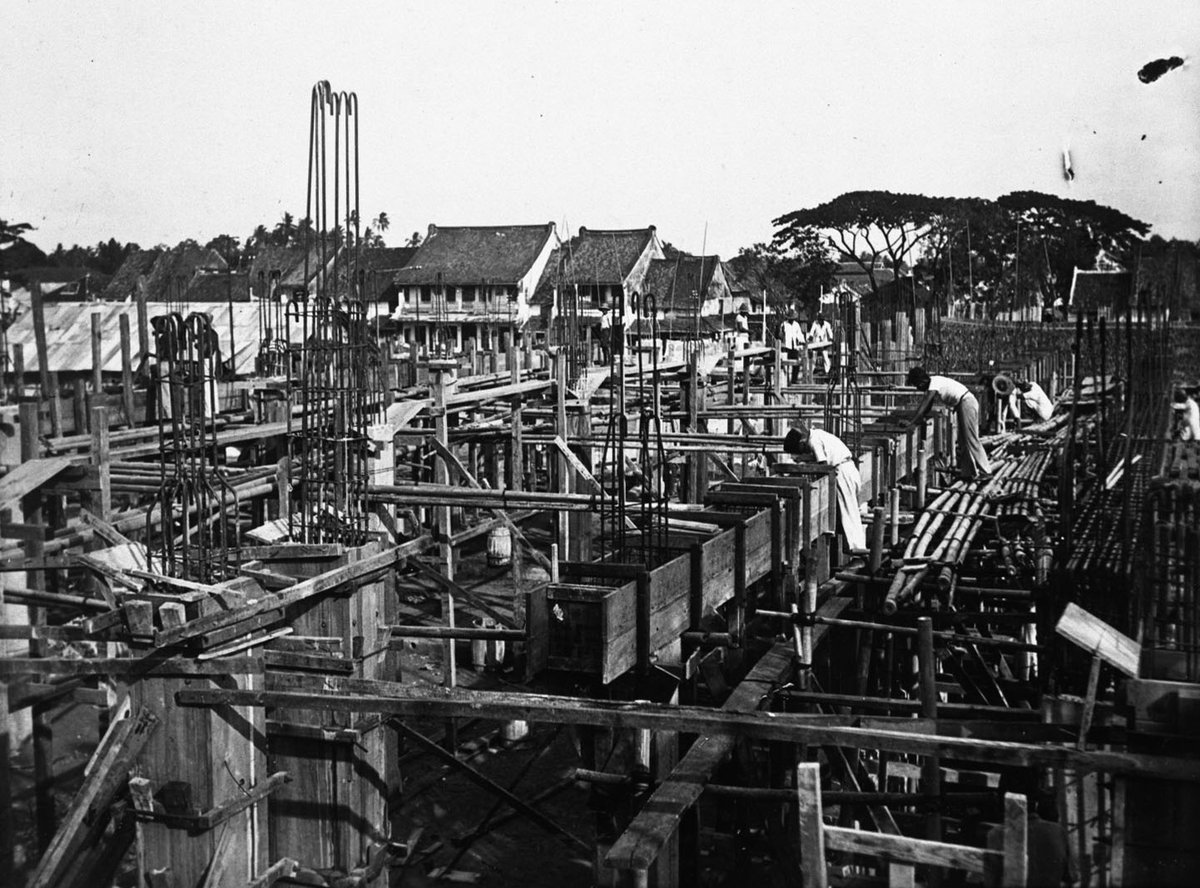
Jakarta Kota Railway Station: Comprehensive Visitor Guide
Date: 14/06/2025
Introduction
Jakarta Kota Railway Station—locally known as Stasiun Jakarta Kota or Beos Station—is a living testament to Jakarta’s colonial history and its ongoing urban evolution. Originally dating back to 1870 and later reimagined in the Art Deco style by Dutch architect Frans Johan Louwrens Ghijsels, the station is both a vital transportation hub and a significant cultural landmark (Jakarta by Train). Strategically located in the heart of Kota Tua (Old Town), it serves as a gateway to Jakarta’s rich heritage, with historic attractions such as Fatahillah Square and the Jakarta History Museum just steps away. This guide covers visiting hours, ticketing, accessibility, facilities, historical context, and travel recommendations, empowering you to make the most of your visit.
Table of Contents
- Historical Background
- Architectural Significance
- Jakarta Kota’s Role in Urban and Railway Development
- Cultural Heritage Status and Preservation Efforts
- Notable Features and Facilities
- Visiting Hours and Ticketing
- Accessibility and Visitor Services
- Special Events and Guided Tours
- Travel Tips
- Integration with Kota Tua
- Conservation Challenges
- Visitor Experience
- Frequently Asked Questions (FAQ)
- Conclusion
- References
Historical Background
Jakarta Kota Railway Station was first established in 1870 by the Bataviasche Ooster Spoorweg Maatschappij (BOSM) to connect Batavia (now Jakarta) with other cities in Java (Jakarta by Train). The current building, completed in 1929, became a symbol of modernity and was inaugurated by Governor General A.C.D. de Graeff with a unique buffalo head planting ceremony, reflecting hopes for prosperity.
Architectural Significance
The station is an outstanding example of the “Het Indische Bouwen” style, harmoniously blending Western Art Deco with Indonesian influences. Its grand façade, arched windows, and central dome are not just aesthetic highlights but practical adaptations for the local climate—wide overhangs and high ceilings promote ventilation and comfort (Jakarta by Train). The spacious central hall, original tiling, and durable teak floors evoke both historical grandeur and functional design.
Jakarta Kota’s Role in Urban and Railway Development
During the Dutch colonial era, the station—then called Batavia Zuid—was a critical terminus for both passengers and freight, supporting the city’s economic growth. In the 1920s, it became the terminus of Southeast Asia’s first electric rail system, reinforcing Jakarta’s role as a regional rail pioneer (Wikipedia: History of rail transport in Indonesia). Today, operated by PT Kereta Api Indonesia, it remains a key node in the national and commuter rail network.
Cultural Heritage Status and Preservation Efforts
Jakarta Kota Railway Station was designated a protected cultural heritage site in 2005, underscoring its architectural and historical importance (Jakarta by Train). Located in revitalized Kota Tua, the station is central to efforts to promote cultural tourism and preserve Jakarta’s colonial-era identity (Metropolis: Revitalizing Cultural Heritage in Jakarta’s Kota Tua).
Notable Features and Facilities
With 12 platforms serving as many tracks, Jakarta Kota is Indonesia’s largest station by platform count. Facilities include:
- Ticketing Counters and Machines: For both commuter and intercity services
- Waiting Lounges: Spacious, with original Art Deco elements
- Restrooms: Clean and accessible, including facilities for people with disabilities
- Food and Beverage Outlets: Offering traditional Indonesian snacks and meals
- Shops and ATMs: For travel essentials
- Luggage Services: Secure storage and porter assistance
The station connects directly to major commuter lines (KRL Commuterline) and is within walking distance of Fatahillah Square, Jakarta History Museum, and Museum Wayang.
Visiting Hours and Ticketing
- Station Hours: Open daily from 4:00 AM to 10:00 PM
- Ticket Counters: Operate from 5:00 AM to 9:30 PM
- Tickets: Purchase at counters, vending machines, or digitally via KAI Access. Commuter line fares range from IDR 3,000 to IDR 10,000, depending on distance and service.
Accessibility and Visitor Services
Jakarta Kota Railway Station is designed for universal accessibility:
- Ramps and Elevators: For wheelchair users and those with mobility needs
- Tactile Paving: For visually impaired travelers
- Clear Signage: In Indonesian and English
- Staff Assistance: Readily available for guidance and support
Other amenities include free Wi-Fi in select areas and multilingual information desks.
Special Events and Guided Tours
Occasionally, Jakarta Kota hosts cultural events and exhibitions in collaboration with local heritage groups. Guided tours highlighting the station’s architecture and history can be arranged through tour operators—advance booking is recommended.
Travel Tips
- Avoid Peak Hours: 7–9 AM and 5–7 PM on weekdays are busiest.
- Buy Tickets in Advance: Use official channels to avoid queues and scams.
- Footwear: Wear comfortable shoes for walking in the station and exploring Kota Tua.
- Safety: Keep belongings secure; the station is generally safe but can get crowded.
- Transport Connections: Easy access to TransJakarta BRT, local buses, and ride-hailing services.
Integration with Kota Tua
The station’s location in Kota Tua enhances its role as a heritage gateway. The Old Town boasts over 280 heritage buildings, Dutch colonial architecture, museums, and vibrant street life (Metropolis).
Nearby Attractions
- Fatahillah Square: Cultural center with museums and open-air events
- Jakarta History Museum: Colonial-era artifacts and city history
- Museum Wayang: Traditional puppet displays
- Toko Merah: Iconic red colonial-era building
- Sunda Kelapa Harbor: Historic port with traditional wooden schooners (TravelSetu)
- Glodok (Chinatown): Markets and culinary hotspots
Conservation Challenges
Despite its protected status, Jakarta Kota faces threats from urban development, structural wear, and high passenger volume. Revitalization programs focus on balancing modernization—such as upgraded ticketing and security systems—with the need to maintain historical integrity (Metropolis).
Visitor Experience
The station’s unique blend of history, striking Art Deco design, and convenient amenities provide a memorable entry point to Jakarta’s past and present. Photographers, history buffs, and daily commuters alike will find much to appreciate.
Frequently Asked Questions (FAQ)
Q: What are the visiting hours at Jakarta Kota Railway Station?
A: The station operates daily from 4:00 AM to 10:00 PM. Ticket counters are open from 5:00 AM to 9:30 PM.
Q: How do I buy tickets?
A: Purchase tickets at counters, vending machines, or digitally via KAI Access.
Q: Is the station accessible for disabled travelers?
A: Yes, with ramps, elevators, and tactile paving.
Q: What attractions are nearby?
A: Fatahillah Square, Jakarta History Museum, Museum Wayang, and Toko Merah are within walking distance.
Q: Are guided tours available?
A: Yes, offered by local tour operators; booking ahead is advised.
Conclusion
Jakarta Kota Railway Station is both a vital transportation hub and a cultural treasure, symbolizing the fusion of Indonesia’s colonial heritage with modern urban life. Its architectural splendor, central location in Kota Tua, and well-maintained facilities make it an essential stop for travelers seeking to experience Jakarta’s history firsthand. Whether you’re passing through or planning a dedicated visit, take time to explore the station and the vibrant surroundings. For the latest schedules, ticketing options, and insider tips, download the Audiala app and follow our social media channels.
Summary and Recommendations
Jakarta Kota Railway Station stands at the intersection of history, architecture, and urban life. As Indonesia’s largest station by platforms, it supports millions of journeys while anchoring the cultural landscape of Kota Tua (Jakarta by Train). Ongoing preservation efforts, accessible facilities, and a wealth of nearby attractions ensure a rewarding visit for all. Stay informed about events and travel updates with digital resources and make the most of your journey through this remarkable gateway to Jakarta’s past and future (Metropolis).
References
- Jakarta Kota Railway Station: Visiting Hours, Tickets, and Historical Insights (Jakarta by Train)
- Jakarta Kota Railway Station: Visiting Hours, Tickets, and Preservation Challenges (Jakarta by Train)
- Jakarta Kota Railway Station: Guide to Jakarta’s Historic Transport Hub (Jakarta MRT and KRL Commuterline Official Information)
- Jakarta Kota Railway Station: Visiting Hours, Tickets, and Nearby Historical Sites Guide (Holidify)
- History of Rail Transport in Indonesia (Wikipedia)
- Revitalizing Cultural Heritage in Jakarta’s Kota Tua Neighborhood (Metropolis)
- Travel Guide: Places Near Jakarta (TravelTriangle)
- Jakarta Tourism Guide (TravelSetu)
